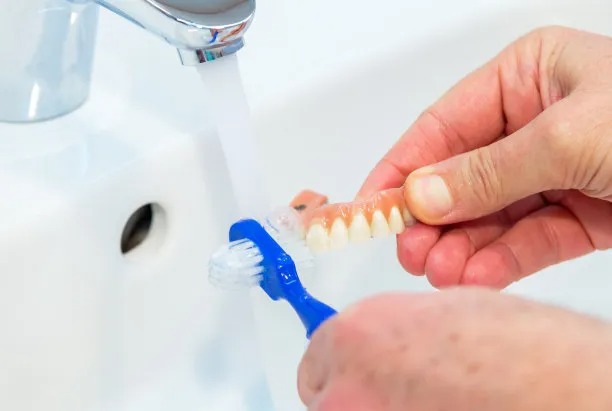Essential Guidelines and Precautions for Ensuring a Successful Dental Filling Treatment Experience
Summary: Dental filling treatments are essential procedures designed to restore teeth impacted by cavities, wear, or trauma. A successful filling experience hinges on understanding key guidelines and precautions that encompass preparation before treatment, the filling procedure itself, recovery tips, and post-treatment care. This article aims to provide comprehensive insights into these aspects, ensuring patients can approach their filling procedures with confidence and knowledge. By adhering to these essential guidelines, individuals can maximize the effectiveness of their treatment and facilitate a smooth recovery process, ultimately leading to improved oral health and well-being.
1. Preparation Before Treatment

Before undergoing a dental filling treatment, proper preparation is crucial for a successful experience. Firstly, scheduling a thorough dental checkup is the foundation of good preparation. During this visit, dentists can evaluate the extent of decay and recommend the best type of filling material. Additionally, this allows patients to ask questions and understand the procedure better.
Secondly, patients should inform their dentists about any medical conditions or medications they are currently taking. This information can alert the dentist to any potential complications or necessary precautions that may need to be taken during the treatment. Transparency is key for a tailored and safe approach.
Lastly, managing anxiety beforehand can improve the treatment experience. Patients can practice relaxation techniques such as deep breathing or visualization to help minimize stress. Some may consider discussing sedative options with their dentist, which can help alleviate fear and ensure a more comfortable procedure.
2. The Filling Procedure Itself
Understanding what happens during the dental filling procedure can greatly demystify the experience for patients. The first step is typically the administration of local anesthesia, numbing the affected area to prevent discomfort during the filling process. Many patients may feel nervous about needles, but the discomfort is generally minimal.
Next, the dentist will remove any decayed tissue and clean the affected area to prepare it for filling. This step is essential to ensure that the filling adheres properly and that no decay is left behind. The dentist may also use a dental drill or laser for precision, which can sound intimidating, but modern equipment is designed to minimize discomfort.
Finally, once the area is cleaned, the dentist will apply the filling material, which can vary depending on the patients needs and preferences. Common materials include composite resin, amulgam, or porcelain. The dentist will ensure the filling is shaped and polished to blend seamlessly with the natural tooth structure.
3. Recovery Tips After the Procedure
Post-treatment recovery plays a vital role in the success of dental fillings. First and foremost, patients should follow the dentists post-care instructions, which may include advice on eating and drinking. It’s generally recommended to avoid hard foods for at least 24 hours to allow the filling to set properly. Soft foods are usually acceptable during this time period.
Additionally, patients may experience some sensitivity to temperature or pressure after the filling is applied. This is often temporary and should lessen over time. However, if sensitivity persists, it is important to communicate this with the dentist, as it may indicate that further adjustments are needed.
Moreover, maintaining excellent oral hygiene is critical after the procedure. Patients should continue brushing and flossing daily, taking care to gently clean around the filled tooth. Regular dental checkups should also be scheduled to monitor the health of the filling and surrounding teeth.
4. Long-Term Care and Maintenance
Ensuring the longevity of dental fillings relies on diligent long-term care. Patients should be vigilant about their oral hygiene practices. This includes not only brushing and flossing but also using antibacterial mouthwash to reduce plaque buildup that could weaken the filling.
Moreover, regular dental visits are essential. Professional cleanings can help maintain overall dental health, and dentists can monitor the condition of existing fillings, checking for any signs of wear or decay. This proactive approach can save patients from more extensive work in the future.
Lastly, its wise for patients to avoid habits that can compromise dental fillings, such as chewing on hard objects (like ice or pens) or using teeth as tools. Being mindful about these habits can help preserve the integrity of fillings and promote overall oral wellness.
Summary:
In conclusion, adhering to essential guidelines and precautions can significantly enhance the dental filling treatment experience. From thorough preparation to proper post-treatment care, each phase plays an important role in ensuring effective and lasting results. With regular dental checkups and good oral hygiene, patients can enjoy the benefits of their dental fillings for many years.
This article is compiled by Vickong Dental and the content is for reference only.


